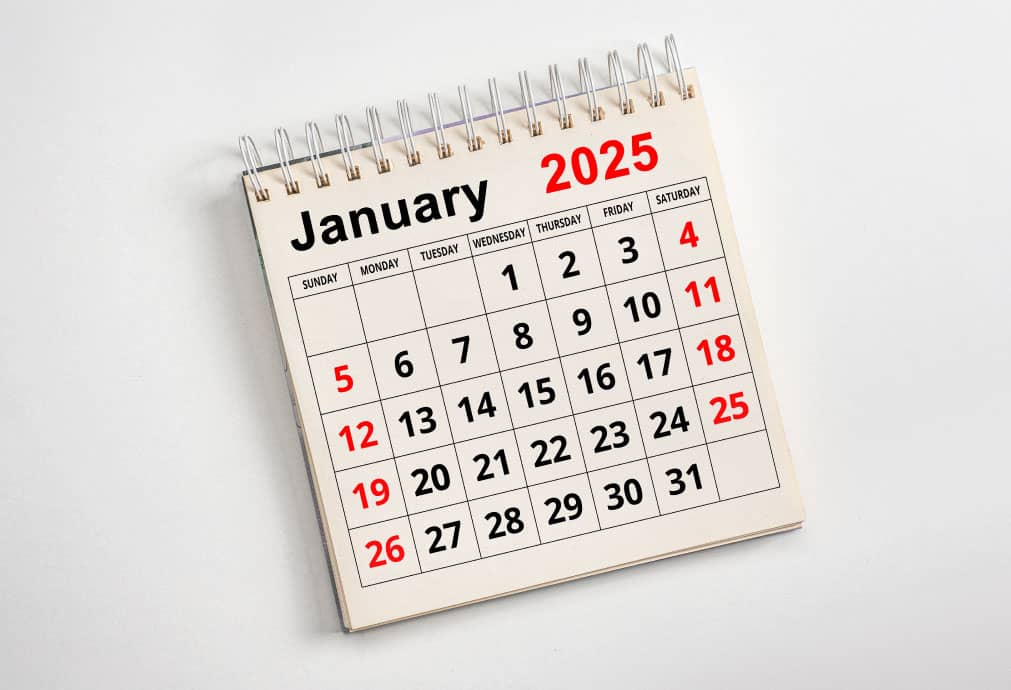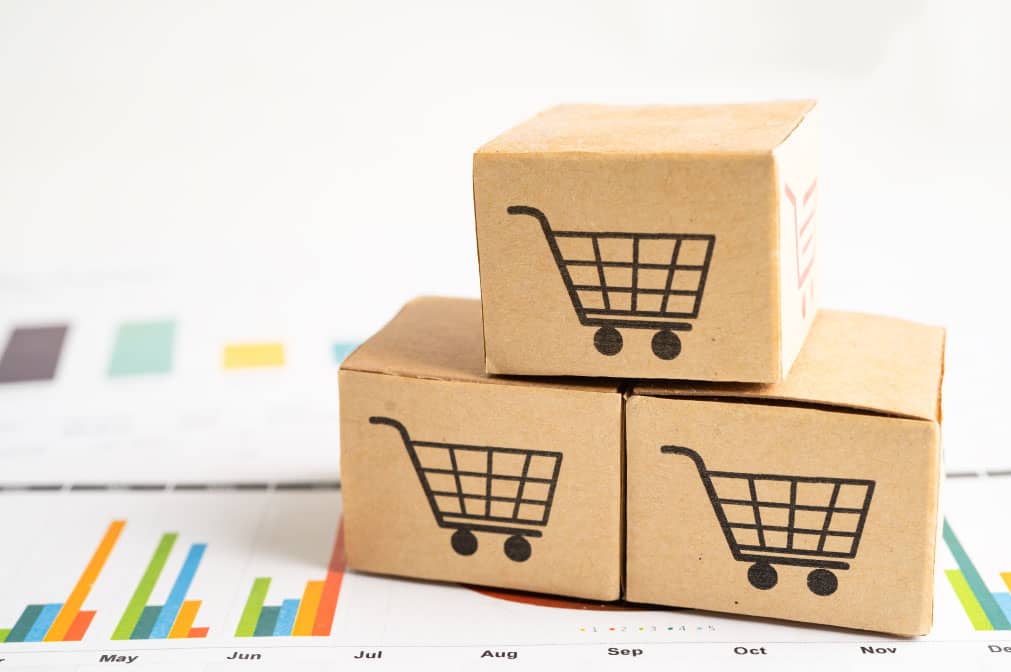The challenge of balancing work, personal life, and family is constant for women, who often take on multiple roles. In this scenario, seeking balance and time for work, family, and self-development seems very challenging, but with organization and self-awareness, it is possible to build a routine that meets these demands without overload.
Sebrae data shows that 48% of Brazilian entrepreneurs are women, but many of them face unique challenges, such as the double workload and household responsibilities disproportionately distributed. Furthermore, a UN study reveals that women spend, on average, twice as much time as men on unpaid tasks, such as household chores and caring for children, which limits their opportunities for professional and personal growth.
For the lawyer and businesswomanAndressa GnannThe starting point to balance these roles is self-knowledge. "Understanding your priorities, recognizing your limitations, learning to ask for help, and knowing what is truly important to you are fundamental steps to creating a lighter and more balanced routine," she says. According to her, many women end up overwhelmed because they don't learn to say "no" or because they always put themselves in the background.
Andressa highlights that planning is an essential tool in this process. "Organizing your routine strategically helps to make better use of time. However, understanding that it won't be possible to do everything and respecting your own limits is essential. The most important thing is to set aside time for yourself and for everyday moments, such as a family lunch, without worries. This is not a luxury; it is a necessity to maintain mental health and productivity. Problems should be addressed, yes, but at specific moments," she advises.
The businesswoman also suggests adopting practical time management methods, such as using to-do lists or productivity apps, and recommends that women delegate whenever possible. "Entrepreneurship doesn't mean doing everything alone, quite the opposite, to grow it is necessary to delegate responsibly. Identify what can be shared or outsourced, both in the business and in household chores," she explains.
Furthermore, Andressa emphasizes the importance of continuous training. "Investing in your own development, whether through training, online courses, or in-person meetings, helps broaden your perspective on how to manage time and the business, as well as create a powerful network," he warns.
The entrepreneur emphasizes that a balanced routine does not mean doing everything at once, but doing well what truly matters. "When a woman prioritizes her mental health and organizes her time, she is able to build a solid path to entrepreneurship, achieve financial freedom, and balance with other areas of life," she concludes.
Check out Andressa Gnann's guidelines for creating a balanced routine in 2025
- Set priorities: It is necessary to assess what is truly important and focus energy on these areas.
- Create a weekly plan: Organize tasks into time blocks and include time for yourself.
- Knowing how to take care of matters in the right places: It is important to understand that arguing about the relationship during bedtime, focusing on the children during work hours, or worrying about work during dinner only makes life a mess and nothing will flow properly. It is important to learn to discuss and take action at the right places and times.
- Always delegate whenever possible: women should ask for help at home, hire professionals to support their business, or share tasks with family members. Maybe no one will do it like her, but that's okay. With patience, knowledge, and proper training, other people will do just as well or even better.
- Invest in self-knowledge: Understanding your strengths and weaknesses will help you make more assertive decisions and align personal and professional goals.
- Use technology to your advantage: Tools like digital calendars and productivity apps can optimize your routine.
- Embrace flexibility: You need to allow yourself to adjust your planning as needed, avoiding rigidity that can lead to stress.
- If you respect and understand that "it's all right": According to Andressa, understanding that not being able to handle everything all the time is the way to manage life with ease.











